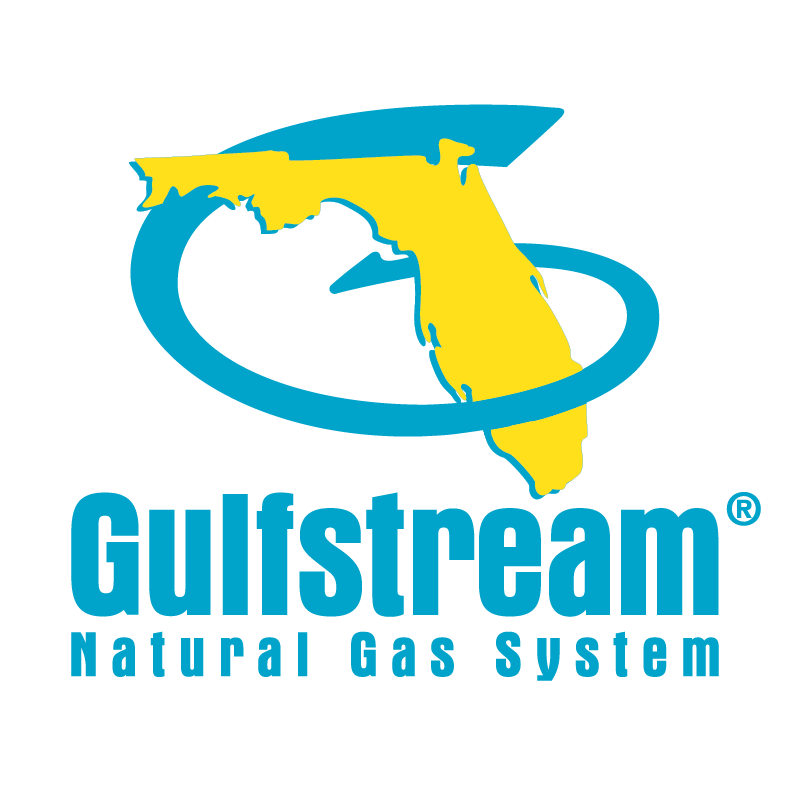What is an easement or right of way?
An easement, or as it is sometimes referred to as a right of way, is a legal right of a non-owner to use a portion of the property for a specific and limited purpose. Webster’s Ninth Collegiate Dictionary states that it is an interest in land owned by another that entitles its holder to a specific limited use. Right of way is the enjoyment or a legal right of passage over another person’s ground. The holder of the easement or right of way retains the use of the land in perpetuity for its pipeline(s). If the property is sold, the rights and responsibilities under the easement pass unchanged to the new owner.
Where can I find the easement that affects my property?
The place to start would be in the Real Property Records Department in the county where the property is located. Some information may be located within the paperwork at the time you purchased the property.
How big is the easement?
The survey of your property should indicate the width of the easement; however, some surveys do not accurately depict the width of the easement. Another location may be within the documentation at the time the property was purchased. Should the easement width not be available, Gulfstream can assist you in determining the exact width.
Who do I call to locate the pipeline or facilities on my property?
By state law, to have the underground facilities located, you must call the Utility Coordinating Committee (UCC) – also known as One-Call – at the appropriate number for your state at least three business days before (excluding weekends and holidays) you begin any digging activities within the easement area.
The UCC will notify the appropriate local company personnel who are responsible for locating the facilities within their area. Examples of activities requiring advanced approval are: operating any power operated excavation equipment or explosives within 100 feet of the easement area, digging across the right of way, utilizing the right of way as a logging road or loading area or operating vehicles in off-road areas across the right of way.
What size is the pipeline?
Generally speaking, our Gulfstream pipeline ranges in size from 2 inches to 36 inches in diameter.
What does fee property owner mean?
Fee property owner is the individual, partnership, company or corporation that holds the deed for the property and is the legal owner of the property.
What is an encroachment?
An encroachment, generally speaking, is anything that is placed into an easement that may affect the ability of the easement holder from using the easement. Typically, Gulfstream allows the property owner to use the easement area within certain guidelines as specified within the easement. These guidelines generally allow the property owner to continue with any agricultural, recreational or other activities that pose no problem or threat to the long-term integrity of the pipeline. Generally, the only restricted uses by the property owner would be the construction of a permanent structure and planting trees in the easement area. Landscaping with shrubs will be possible upon approval of the plans by Gulfstream as long as the existing soil cover over the facilities is maintained. For example encroachments would include excess vegetation, buildings, structures, sheds, fences, decks, patios, swimming pools, roads, driveways, utilities, sprinkler systems, power or telephone poles. To ensure that what you are proposing to build or construct on your property and within the easement area is allowable, you should contact your land representative.
Why does Gulfstream maintain clear rights of way?
Gulfstream maintains clear rights of way to ensure that its operations remain as safe as possible. Gulfstream must have unrestricted entry and access to all of its facilities at all times for regular maintenance or during emergency situations. A clear right of way provides easy identification and monitoring of the pipeline facilities, which is imperative in preventing third-party damage. Trees and large shrubs obstruct the view for foot patrols and aerial inspections, which are routine procedures for maintaining the rights of way. Tree roots also create a danger to the coating that protects the pipeline from corrosion.
What are the yellow markers and why are they located where they are?
The yellow posts located within our easement area are pipeline marker posts. The marker provides helpful information concerning the line that is situated at this location. The marker or sign does not necessarily mark the exact location of the pipe(s), which seldom runs in a straight line between any two markers. Line markers cannot be relied on to provide information on depth or number of lines in the area. IT IS AGAINST THE LAW FOR ANY PERSON TO WILLFULLY AND KNOWINGLY DEFACE, DAMAGE, REMOVE, OR DESTROY ANY PIPELINE SIGN OR RIGHT OF WAY POST.
